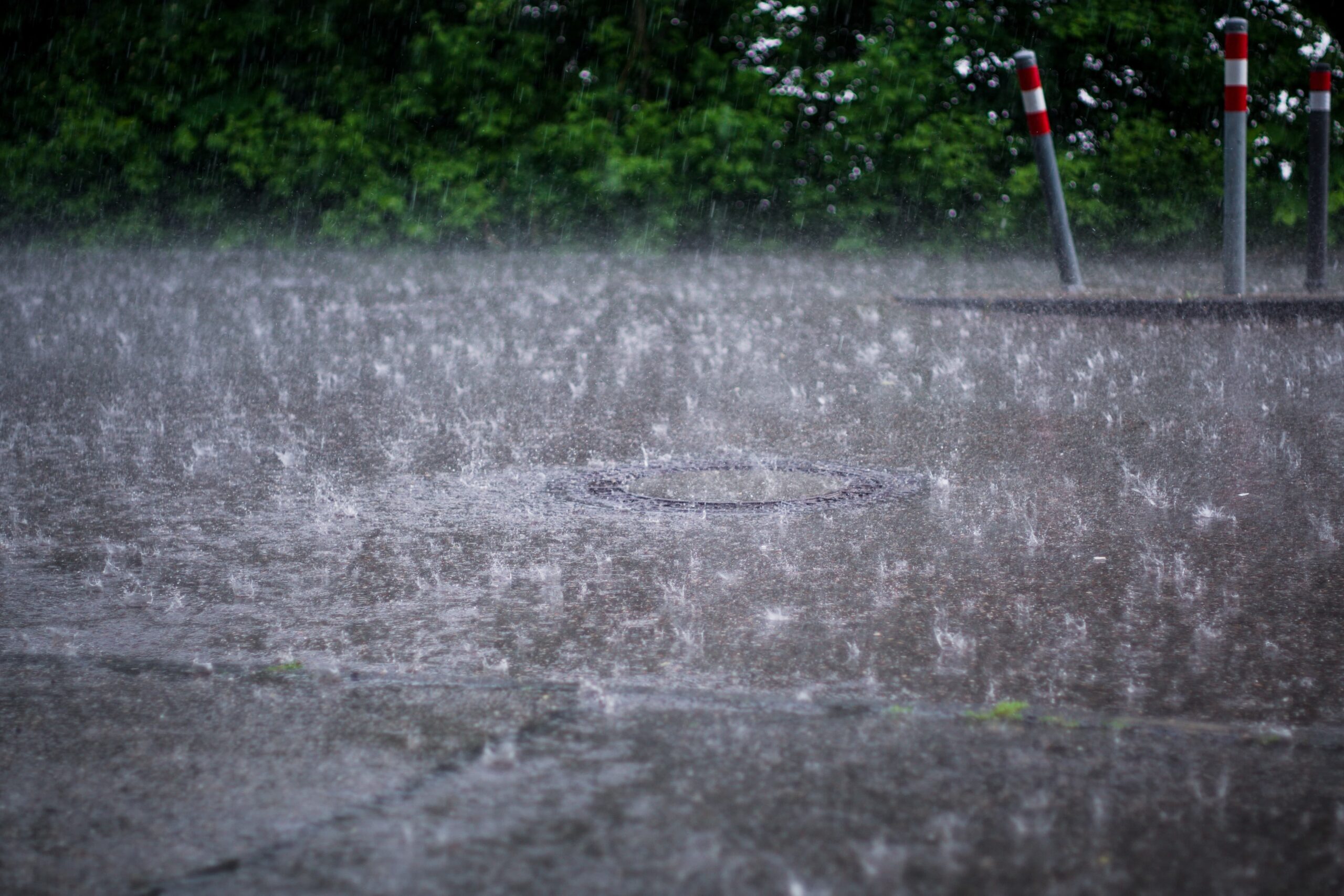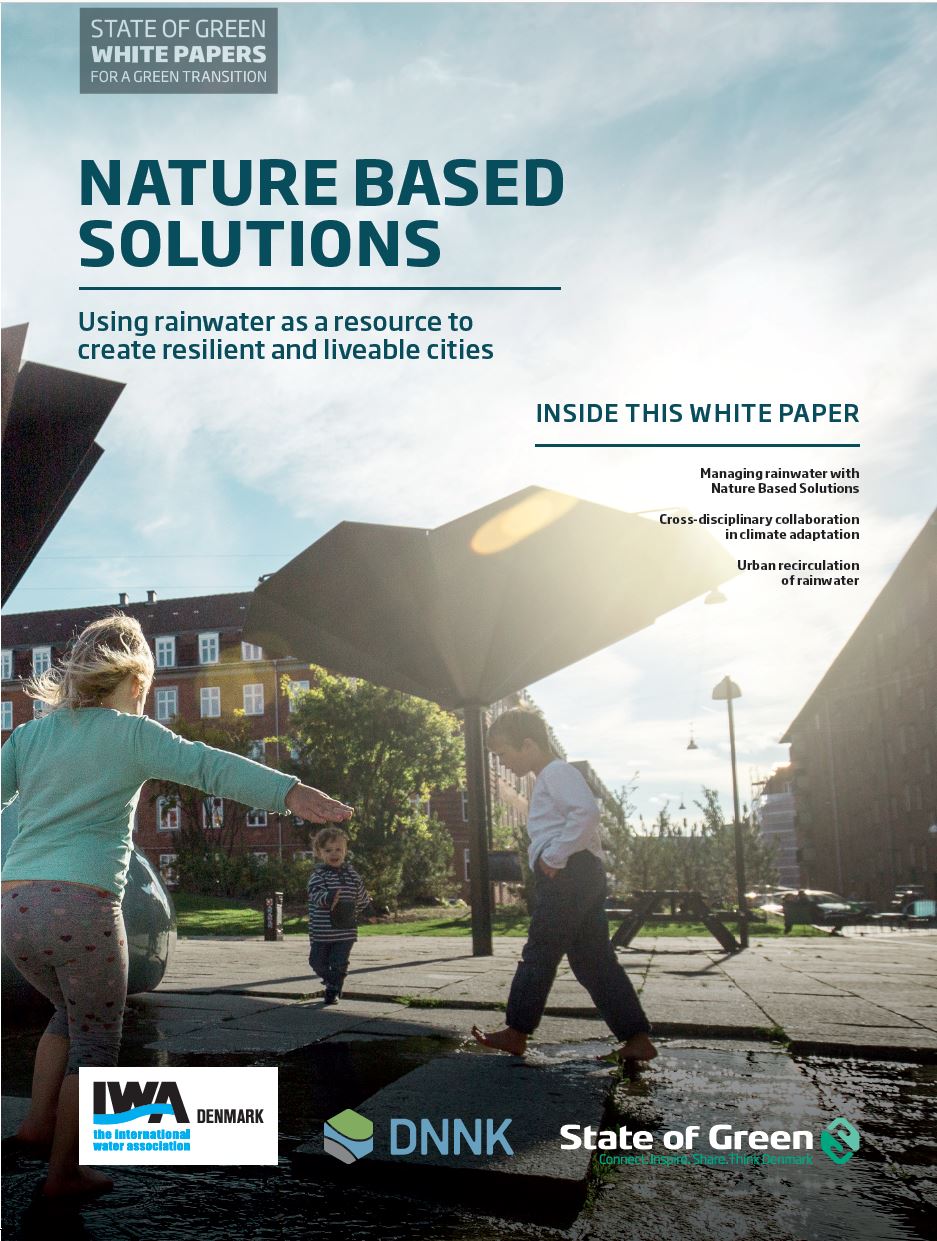Download our publication on nature-based solutions today
This article is part of our publication ‘Nature-based solutions’.
Download nowPerspective
Nature based solutions
Climate change adaptation


As many cities around the world are experiencing more frequent and heavier rainfalls, simulation modelling tools to help predict and understand the urban water cycle are proving ever more pertinent. Modelling different scenarios of terrain flooding from sewer overflow or the impact of implementing NbS to the entire urban water cycle can aid decision makers in prioritising the projects needed to handle future incidents of rain. In Denmark, the very first simulation models of the sewerage system were produced in 1985.
Since then, the need to be able to simulate the whole water cycle in detail has only become more pressing, what with the heavier rainfalls the country have experienced over the last decade and new water-sensitive urban designs to handle them. Climate change scenarios have become an integral part of urban water cycle management. Future climate change scenarios for Danish cities predict an increased frequency of extreme rainfall events that cause floods and massive damage to buildings and infrastructure. Similarly, rising sea levels, increased river flows and higher groundwater levels are expected. To meet these challenges, massive investments in flood protection and climate change adaption measures are required. By using urban
water simulation models, decision makers are able to decide upon and prioritise their efforts, as the models help quantify the effects of investments. Thereby it is possible to minimise the risk of poor investment strategies.

This article is part of our publication ‘Nature-based solutions’.
Download nowWhen using simulation models, it is possible to quantify the hydraulic effect of water-sensitive urban designs versus expansions in grey infrastructure such as larger pipes or traditional basins in a sewerage system. The models simulate the impact of rain events; calculating water depth and flow in the sewers and manholes, and rivers related to different rain events – and also calculate the extent of flooding at the terrain. The models can simulate where overflows and flooding will occur and which effects the different solutions will have on the water level, the overflows and on the risk of flooding, as well as the extent of the damage to buildings and infrastructures. In addition, the effect of NbS on water quality issues can be simulated.
The simulation model, MIKE+, makes it possible to create an overall hydraulic assessment of implementing different green solutions in a catchment area, such as rain gardens, swales, infiltration trenches, permeable pavements, barrels and green roofs as an extension of the existing sewerage system as well as modelling bioretention cells and other green solutions hydraulically. The MIKE+ is an integrated modelling platform for modelling collection systems, rivers and flooding.
Another type of simulation model ‘MODFLOW-URBAN’ focuses on the entire urban water cycle and the consequences of applying NbS instead of sewer-based pipe systems. The model can simulate typical NbS features such as green roofs, rainwater tanks, swales, infiltration devices, and overflow from one NbS feature to another. Other significant processes in the urban water cycle are simulated, i.e. runoff from semi impervious and impervious surfaces, infiltration through the unsaturated zone to the groundwater, groundwater flow within hydrogeological layers and groundwater-related interactions with wells, rivers, channels as wells as suburban infrastructures such as leaky sewer pipes, drainage pipes and infiltration trenches.
A key model characterisation is the detailed simulation of NbS on allotment scale and the upscaling to neighbourhood and city level scale. Thus, the effect on the groundwater table from several infiltration devices can be simulated and used to analyse the risks of a shallow water table causing damage to building foundations, basements, road infrastructure etc.
Similarly, the model can be used to design and simulate drainage features – possibly in combination with NbS – to prevent a rising urban groundwater table. Catchment runoff (i.e. stormwater runoff, drainage and overflow from NbS structures) can be given as input to sewer pipe models to simulate the hydraulic consequences from NbS on sewer overflows and flooding events. The model can therefore be used in the planning of sustainable Nature-based Solutions and drainage strategies for neighbourhoods, and can reduce the risk of poor investment strategies.
publications
Climate change adaptation
+11